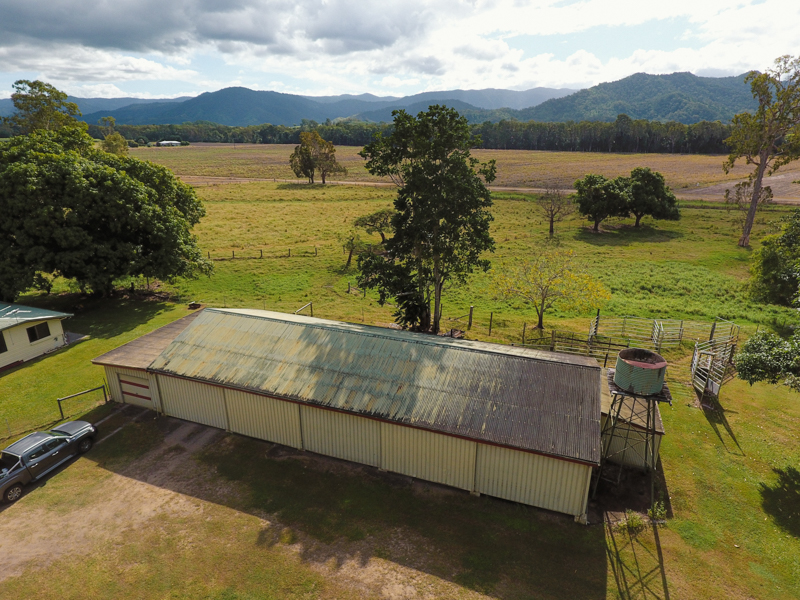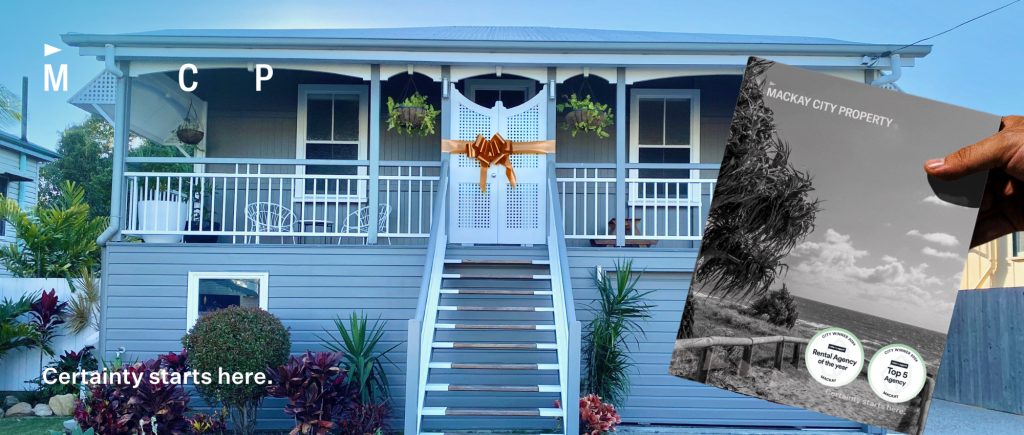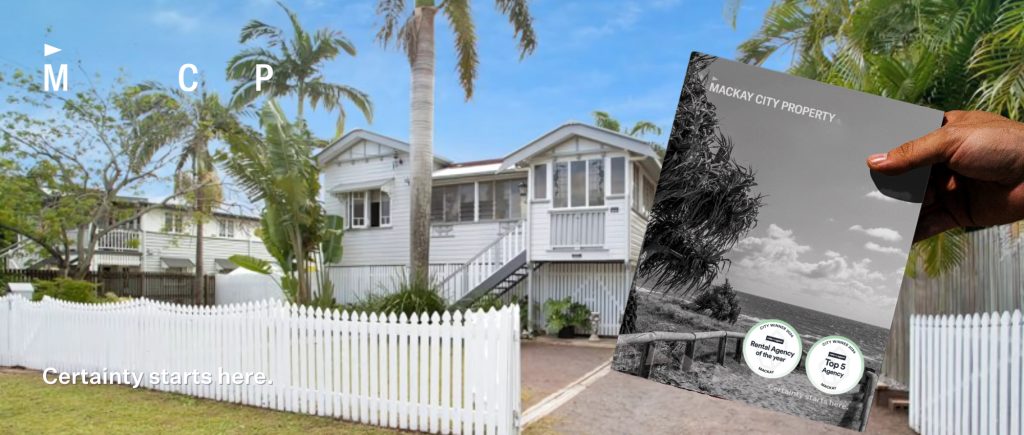A Urban vs. Rural Property Investment: Key Differences and What You Need to Know
Buyers & Sellers , HomebuyersWhen it comes to property investment in Mackay, location is everything. But with the choice between urban and rural areas, investors are often left weighing the benefits and drawbacks of each. The decision isn’t just about property prices—it’s about understanding your investment goals, risk appetite, and long-term vision.
At Mackay City Property, we believe that both urban and rural properties offer unique advantages, but the right choice for you depends on your personal circumstances and investment strategy. In this article, we’ll discuss the pros and cons of urban versus rural property investment to help you make an informed decision that aligns with your financial goals.
Urban Property Investment: High Demand, High Return Potential
Urban areas in Australia, especially in cities like Sydney, Melbourne, Brisbane, and even emerging areas such as Mackay, have long been sought-after investment locations. They offer proximity to services, infrastructure, employment, and entertainment, which makes them attractive to both renters and buyers. For investors looking for consistent rental income and capital growth, urban properties can be an excellent option.
Pros of Urban Property Investment
High Demand and Rental Yields
Urban areas are magnets for residents due to their convenience and access to jobs, education, and entertainment. This high demand often translates into lower vacancy rates and better rental yields. Investors can expect a steady stream of potential tenants which ensures a regular cash flow.
Capital Growth Potential
Cities, particularly those with growing populations and expanding infrastructure projects, typically offer strong potential for capital appreciation. Urban areas like Mackay, for example, have seen consistent property value increases due to infrastructure developments, business growth, and an influx of workers.
Market Liquidity
Urban markets are more liquid, meaning properties are easier to buy and sell. This provides flexibility for investors who may need to access their capital quickly or are looking for short-term gains.
Access to Amenities
Urban properties are typically close to amenities like hospitals, schools, shopping centres, and public transport, making them highly desirable to tenants. These conveniences can also contribute to long-term tenant retention.
Cons of Urban Property Investment
Higher Entry Costs
The most significant disadvantage of urban property is the cost of entry. Property prices in major cities can be steep, and investors may face higher upfront costs, including stamp duty, taxes, and ongoing maintenance expenses.
Competitive Market and Volatility
Urban areas tend to have a lot of competition, especially in sought-after suburbs. Property prices can fluctuate depending on the economy, demand, and local conditions. This volatility may not suit all investors, particularly those seeking stability.
Regulatory and Maintenance Challenges
Urban properties are often subject to more stringent regulations and maintenance demands due to higher tenant turnover and the need to comply with zoning laws, building codes, and other local restrictions. This can increase both time and financial investment for property owners.
Lifestyle Trade-Offs
While urban living offers convenience, it also comes with challenges like noise, congestion, and high living costs. These factors may not appeal to tenants seeking larger homes or more privacy—especially families.
Rural Property Investment: Affordability, Less Competition, and Long-Term Gains
In contrast to the hustle and bustle of city living, rural property investment can offer affordable entry points, fewer competitors, and opportunities for diverse income streams. For investors looking to take advantage of more space, potential development opportunities, or a lifestyle change, rural properties can offer significant rewards.
Pros of Rural Property Investment
Lower Entry Costs
One of the most compelling reasons investors choose rural properties is the significantly lower purchase prices compared to urban areas. With lower entry costs, investors may be able to buy multiple properties or acquire larger parcels of land, creating opportunities to scale their portfolios.
Long-Term Capital Growth
While rural property values may rise more slowly than in urban centres, they offer substantial long-term growth potential—particularly in emerging regional areas or places undergoing infrastructure development. For instance, properties on the outskirts of Mackay or near new transport links often see increases in demand as urban sprawl extends.
Less Competition
Rural markets typically have fewer buyers and investors which gives you greater negotiating power. With fewer people vying for properties, you can often secure better deals and have more control over the investment.
Fewer Regulations
Rural properties often face fewer regulations than urban ones which allows a greater flexibility in terms of property development, land use, and building expansions. This could be an advantage for investors looking to develop or diversify their property portfolio.
Cons of Rural Property Investment
Lower Rental Demand
Rural properties typically experience lower demand for tenants compared to urban areas, which can result in higher vacancy rates and lower rental yields. It may take longer to secure tenants, especially in more remote locations.
Smaller Market and Liquidity
Rural properties can be harder to sell due to a smaller pool of potential buyers. If you need to sell quickly, it may take longer to find a buyer, which can tie up your capital for an extended period.
Limited Economic Opportunities
The performance of rural property markets can be closely tied to local industries such as agriculture, tourism, or mining. Economic downturns in these sectors can negatively affect property values and rental demand.
Limited Amenities and Services
Rural areas may lack the same level of services and amenities as urban regions. For tenants, this can mean longer commutes to work, school, or shopping centres. The lack of infrastructure may make it more difficult to attract and retain tenants, especially those accustomed to urban conveniences.
Comparing Urban vs. Rural Property Investment
The decision between urban and rural property investment ultimately comes down to your investment goals, risk tolerance, and timeline.
- Urban properties are often preferred for their liquidity, high demand, and capital growth potential. They can provide investors with stable rental income and a quicker return on investment, but come at a higher cost and greater regulatory burden.
- Rural properties, on the other hand, offer lower entry costs and long-term growth potential. They also tend to have less competition and fewer regulations, but they can come with challenges like lower rental demand, fewer economic opportunities, and smaller markets.
Conclusion
Both urban and rural property investments offer distinct advantages, and the right choice depends on your financial goals, risk appetite, and time horizon. At Mackay City Property, we specialise in helping investors navigate both urban and rural markets in Mackay and the surrounding regions. Whether you’re after high rental yields in the city or the long-term growth potential of rural properties, we’re here to provide expert advice and tailored solutions to help you make the most of your investment.
Disclaimer: The information provided on this blog is intend for general informational purposes only. While we strive to present information in good faith, we do not consider specific situations, facts, or circumstances. Therefore, we make no representation or warranty, whether express or implied, regarding the accuracy, adequacy, reliability, validity, availability, or completeness of the information presented.
This blog may include links to external sites or content from third parties. We do not investigate or monitor such external links for accuracy, adequacy, validity, reliability, availability, or completeness. Consequently, we cannot be held liable or responsible for any information contained therein.
You may also like
East Mackay Renting Guide (2025)
Thinking about renting in East Mackay in 2025? This guide gives you a clear view of rental prices, best streets to consider, nearby schools and parks, and what local life feels like. It also shares practical tips—like transport options, flood safety info, and how to deal with rental applications—so you\’re ready to lease with confidence.
South Mackay Renting Guide (2025)
Thinking of renting in South Mackay? This guide breaks down what you need to know — from current rental prices and popular streets to local lifestyle perks and insider tips. Whether you’re a student, professional, or family, South Mackay offers a mix of convenience, coastal charm, and value for money.
A Rental Guide to the CBD (2025 Guide)
Want to live in the heart of Mackay? This 2025 CBD rental guide covers unit prices, parking tips, and what it’s really like to rent in the city centre. From riverside walks to café culture, here’s what you need to know before signing a lease.



